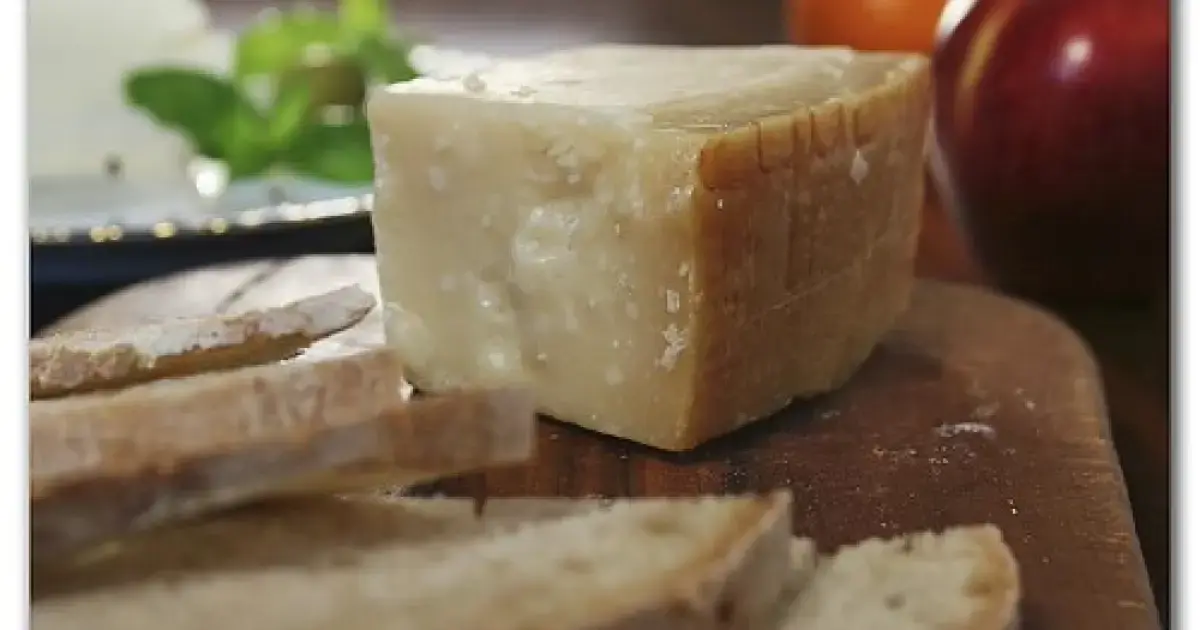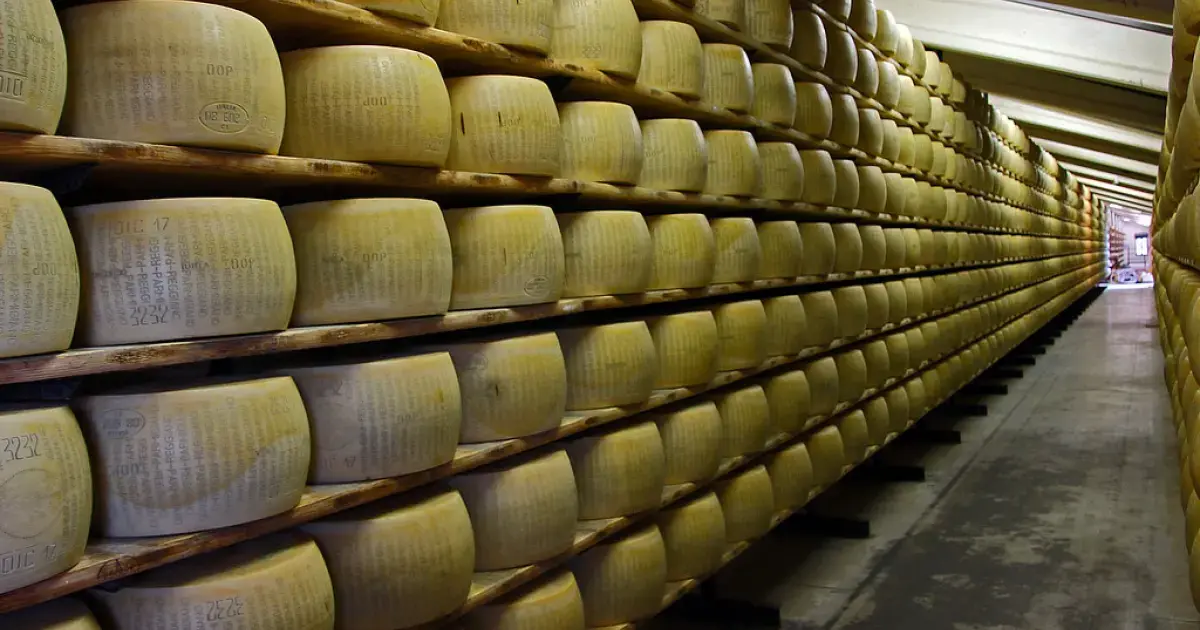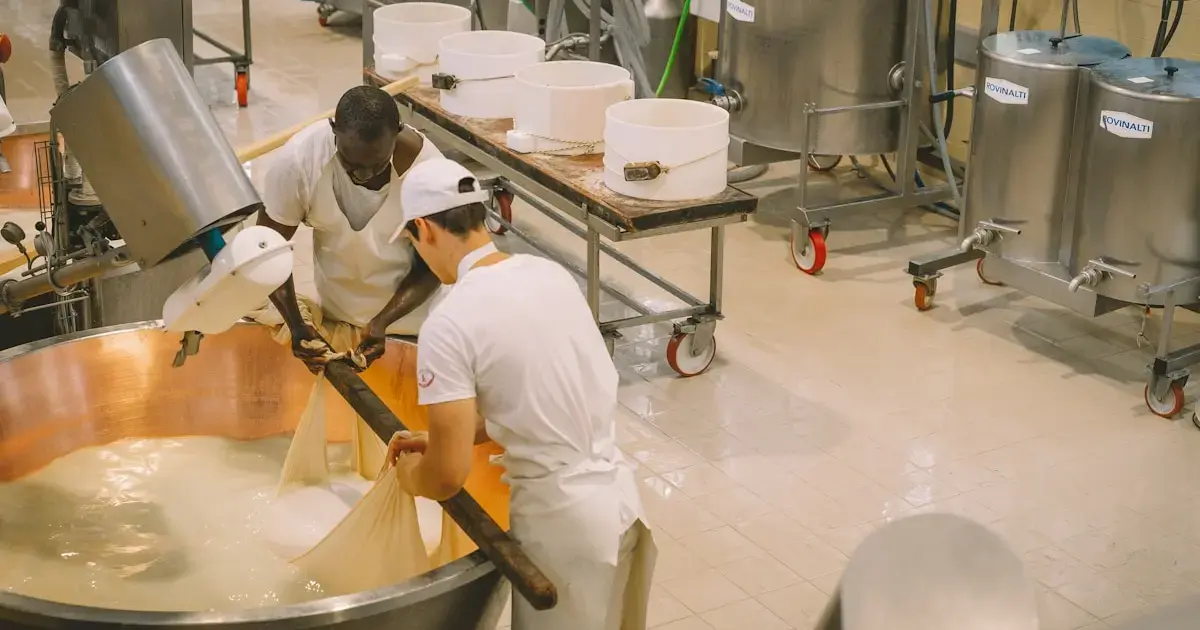 Hard parmesan, known as Parmigiano Reggiano in its native Italy, has long been a staple in our everyday diets. Its aroma, sharp flavor, and unique texture set it apart from any other cheese.
Hard parmesan, known as Parmigiano Reggiano in its native Italy, has long been a staple in our everyday diets. Its aroma, sharp flavor, and unique texture set it apart from any other cheese.
However, this beloved parmesan hides a secret that not every fan of the cheese would want to uncover.

The Shocking Truth About Parmigiano Reggiano
Parmesan is traditionally made from cow’s milk, as reported by IFLScience. It takes at least 16 liters of milk to produce just one kilogram of cheese. The cheese is aged in copper vats for 12 to 36 months. Depending on the aging period, parmesan can be classified as fresh, aged, or very aged.
At the beginning of the process, the milk is heated, and ingredients such as whey and rennet are added. It’s the rennet that often raises eyebrows among vegans, vegetarians, and anyone who feels queasy at the thought of calf stomach juice.
“Animal rennet is derived from the fourth stomach compartment of a calf that is still nursing; rennet from lambs and kids can also be used,” explained cheese experts from Courtyard Dairy.

At this stage of life, calves are fed exclusively on milk, which means their bodies contain a lot of the natural coagulant enzyme, chymosin. As calves grow older, the amount of chymosin decreases, replaced by other enzymes necessary for digesting different foods.
Chymosin helps separate the solid particles of milk from the liquid. As experts explained, “Rennet is crucial for forming a dense cheese and achieving the right texture.” Additionally, rennet is essential for fully developing the final flavor profile of parmesan.
As the ranks of continue to grow worldwide, some cheesemakers are now using plant-based rennet to produce parmesan. However, most cheese producers still prefer the traditional recipe.
So, if you follow a plant-based diet, always check how the parmesan was made when dining at an Italian restaurant before asking the waiter to sprinkle it on your pasta.
Photo: Openverse
